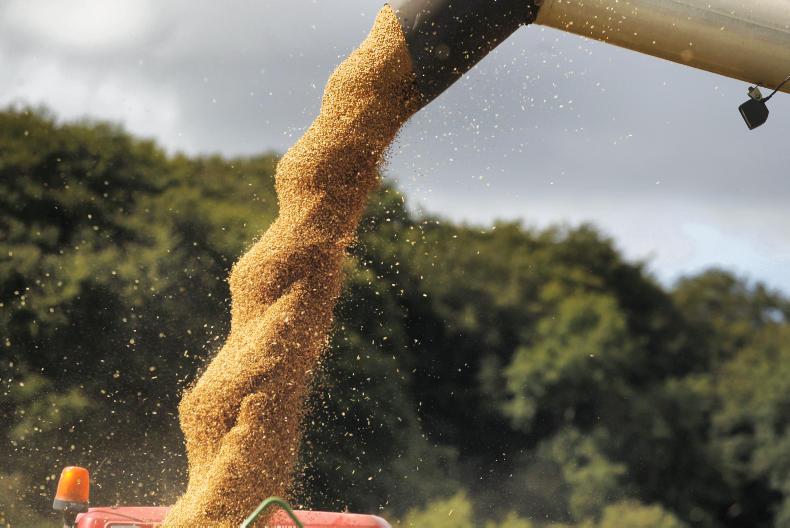Currency movements continue to be a factor in grain markets. The stronger euro is pressuring eurozone prices downwards while the weaker pound is helping sterling prices, if only slightly. Aggressive exporting of large wheat crops from Black Sea countries, especially Russia, is adding to price pressure.
Recent US crop size projections for maize remain strong and EU maize production estimates are up slightly.
Strong US soya bean exports continue to offer support to that market and a reduced German rapeseed harvest is helping oilseed rape prices, which are back up to €380/t for native production.
The recent US flooding may affect some commodity prices in the near future as a result of logistic issues with Mississippi transport.
Native prices remain depressed but there is little or no dry grain trading at these price levels. Some growers report green wheat prices of between €145/t and €150/t at the moment but this would not be reflected in nominal dry spot prices which suggest around €170/t for wheat and €160/t for barley. And these spot price levels are now being spoken of as a run to December. While there is little or no native grain trading at current price levels, there is buying taking place.
Average UK ex-farm price increased slightly to £131.60/t last week according to the AHDB report. This is mainly currency driven. Feed wheat delivered to central Scotland was put at £146.00/t last weekend but the AHDB report did not include any prices for grains delivered to Belfast.
Currency movements continue to be a factor in grain markets. The stronger euro is pressuring eurozone prices downwards while the weaker pound is helping sterling prices, if only slightly. Aggressive exporting of large wheat crops from Black Sea countries, especially Russia, is adding to price pressure.
Recent US crop size projections for maize remain strong and EU maize production estimates are up slightly.
Strong US soya bean exports continue to offer support to that market and a reduced German rapeseed harvest is helping oilseed rape prices, which are back up to €380/t for native production.
The recent US flooding may affect some commodity prices in the near future as a result of logistic issues with Mississippi transport.
Native prices remain depressed but there is little or no dry grain trading at these price levels. Some growers report green wheat prices of between €145/t and €150/t at the moment but this would not be reflected in nominal dry spot prices which suggest around €170/t for wheat and €160/t for barley. And these spot price levels are now being spoken of as a run to December. While there is little or no native grain trading at current price levels, there is buying taking place.
Average UK ex-farm price increased slightly to £131.60/t last week according to the AHDB report. This is mainly currency driven. Feed wheat delivered to central Scotland was put at £146.00/t last weekend but the AHDB report did not include any prices for grains delivered to Belfast.






 This is a subscriber-only article
This is a subscriber-only article









SHARING OPTIONS: